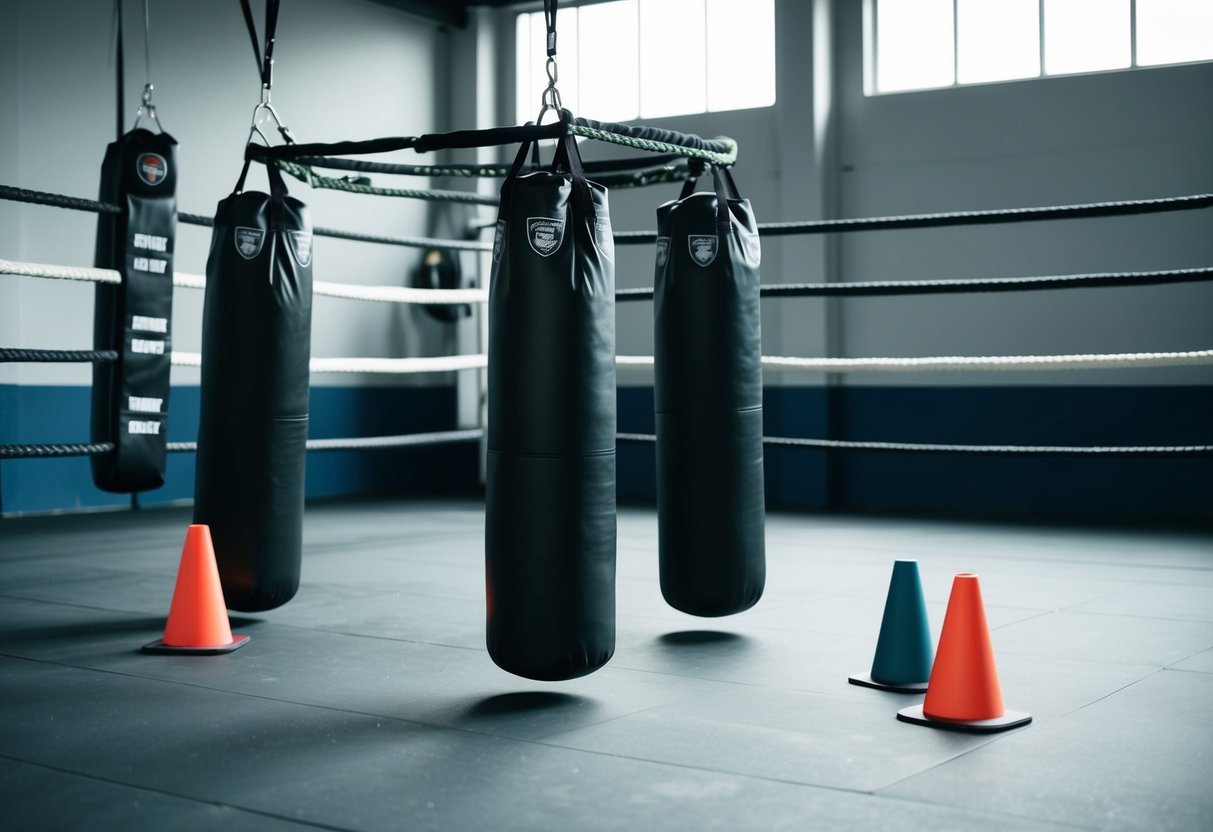Ultimate At-Home Boxing Workouts: Skills, Drills, and Combos for All Levels
Drills and Combos for Agility and Coordination

Agility and coordination are crucial for effective at-home boxing workouts. Incorporating various drills and punch combinations can enhance these skills significantly.
Speed and Agility Ladders
Speed and agility ladders are essential tools for improving footwork and enhancing quickness. They can be easily used in small spaces and allow for a variety of exercises. Moving quickly through the ladder helps develop fast-twitch muscles, improving overall agility and responsiveness.
Exercises like the in-and-out or lateral shuffles are beneficial for enhancing speed and coordination. Participants can perform these drills while practicing rapid changes in direction, which is essential for boxing. Integrating mountain climbers between ladder drills can add a layer of intensity to the workout.
Complex Punch Combinations
Mastering complex punch combinations is key for improving coordination in boxing. These combinations involve sequences that challenge both mental and physical agility. A typical routine might include a mix of jabs, hooks, and uppercuts in quick succession.
Practicing with targets or shadowboxing can make these drills effective without any need for a partner. As the boxer becomes more comfortable, increasing the speed and complexity of combinations helps continuously improve coordination and skill.
Focusing on precise movements while maintaining a steady rhythm is vital. This kind of training not only boosts the boxer’s technique but also sharpens their reflexes, preparing them for real-world scenarios.
Engaging Your Core: Abs and Torso Work
Developing core strength is integral to boxing as it enhances balance and power. Strengthening the torso means focusing on specialized exercises that target muscles effectively. Engaging in activities such as torso twists and stability workouts, along with core-strengthening exercises, can aid in achieving robust muscle development.
Torso Twists and Stability
Torso twists are crucial for anyone looking to improve flexibility and stability. By incorporating movements that involve turning the upper body, practitioners can engage different muscle groups. This not only helps with balance but also enhances the ability to maintain form during boxing. Rotational exercises, like Russian twists, are beneficial for activating the obliques and lower back. Consistency in these activities aids in building a strong, agile midsection capable of sustaining intense physical activity. Stability, a vital component of boxing, relies on a well-conditioned core. Improved stability leads to better punches and defensive skills. Using tools such as a stability ball or resistance bands can add variety and ensure diverse muscle engagement. Including these exercises in regular workouts results in effective core engagement vital for athletic endeavors.
Core-Strengthening Exercises
Core-strengthening exercises are essential for building endurance and power. Exercises like flutter kicks, planks, and leg raises target the abdominals and hip flexors. Flutter kicks specifically challenge the lower abs and legs, improving agility. Each movement should focus on controlled motions to enhance muscle efficiency. By performing these exercises regularly, individuals develop increased core stability, which is beneficial for maintaining form and preventing injuries. Strong core muscles support enhanced mobility and greater punching power. These exercises not only contribute to physical strength but also improve posture and overall body coordination. Variety in workouts can keep routines engaging, making it easier to stay committed to a comprehensive core workout plan.
